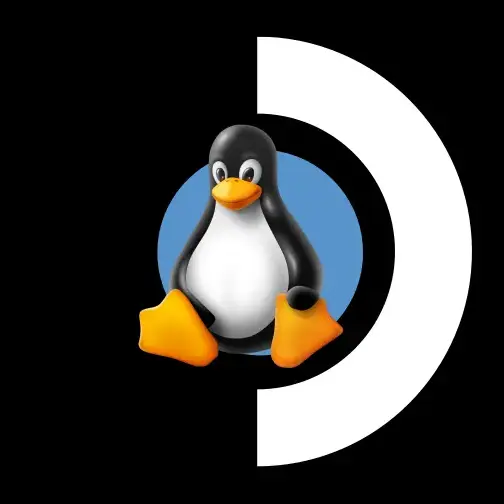Good - Leaptel, Superloop
Good but expensive - Aussie Broadband, Launtel
Okay - TPG, Spintel
I avoid Telstra and Optus and most of the other providers, so can’t comment on those.
Typically, I switch back and forth between Leaptel and Superloop as they normally have 6/12 month deals. One downside with Superloop is that you are expected to give 1 month notice when switching away. Sometimes you can get away with not, but I wouldn’t rely on it.
I’ll add that Exetel is owned by Superloop now, so experience will be roughly the same (but they use PPoE which is slightly annoying).




















“Globalism” invariably means some sort of conspiracy theory, usually about Jews. Given this party are also anti-vaxxers, that’s the most plausible conclusion.
And a broader coalition among the rest of the Western countries including Europe and Australia/NZ etc makes more sense than duplicating effort in every country.